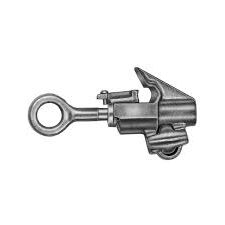
A hot line clamp is a device designed to offer electrical conductivity. It creates a tap connection between a hot line and a transformer on the overhead lines. A hot line clamp is also known as a live line or hotline clamps. It also helps to temporarily isolate a section of an energized electrical conductor. A hot line clamp also helps to allow maintenance, repairs on transmission lines. The live line is from strong metal alloys such as bronze, aluminium or copper. These materials have designs to control the massive flow of current. A hot line clamp ensures the reliability of the extensive overhead power networks in South America. Common types of hot line clamps include compression, bolted, wedge type and hydraulic hot line clamps. They find use in applications such as conductor replacement, voltage conversion and crossarm replacement.
Key features of hot line clamp
Hot line clamps come with various specific features depending on the type of application. These features help to ensure safety, reliability and ease of use. The design and features influence the performance and success of the hot line clamp. The following are the key features of the hot line clamp.
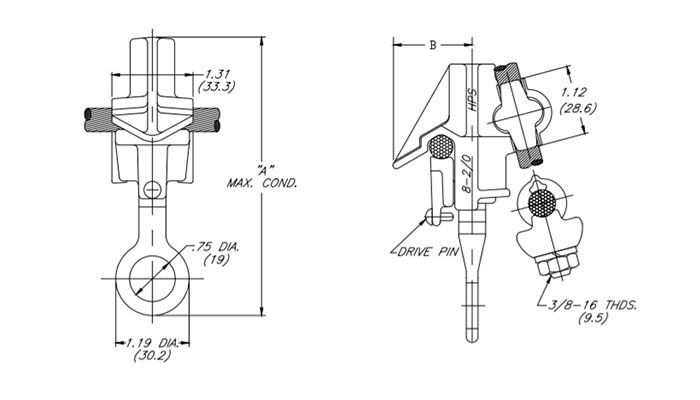
- Conductor compatibility – their design helps them to hold a range of conductor sizes. This allows them to work in different types of overhead power lines.
- Gripping mechanisms – they also have gripping mechanisms to securely hold the conductors. These mechanisms include serrated jaws, compression fittings or other gripping designs.
- Durability – the clamps are from high-quality materials such as bronze, aluminium and copper. These materials help to withstand the harsh environments in the region. These include high temperatures, humidity and corrosive elements.
- Conductivity – electrical conductivity helps to maintain a reliable connection between conductors.
- Attachment points – hot line clamps consist of attachment points for connecting extra equipment.
- Corrosion resistance – they are from materials that are resistant to corrosion. This is to maintain the structural integrity.
- Ease of installation – they have simple installation methods that help reduce labor costs and downtime.
- Load rating – the clamps have ratings for specific load capacities. It helps to ensure they can safely support the weight and tension.
Selection and installation of hot line clamps
The selection process of hot line clamps includes consideration of several factors. These factors include material, compatibility, proper sizing, voltage rating, load capacity and application. The selection will depend on the type of application and environmental conditions. The installation process should ensure safety and reliability of application. The following is a basic installation guide for hot line clamps.
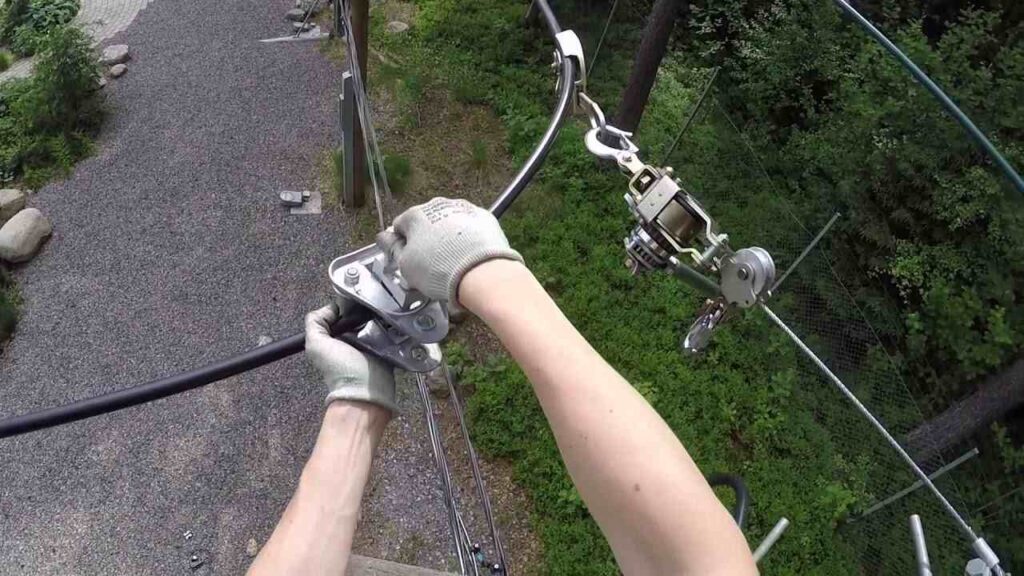
- Preparation – ensure you have the proper sizing and types of the clamps. Inspect them for any signs of damage or wear that could affect performance.
- Isolation – confirm that the installation area is properly isolated and grounded. This is to prevent electrical accidents.
- Positioning – identify the section of the conductor to install the conductor. Ensure there is proper clearances to adjust conductors and structures.
- Installation – secure the clamp onto the conductor as specified by the manufacturer. Ensure the clamp positions correctly and conductor is in place. Engage any locking mechanisms to prevent accidental release.
- Tensioning – adjust the tension on the conductor following the recommendations.
- Inspection – conduct a visual inspection of the clamp to ensure it securely attaches to the conductor.
- Documentation – keep detailed records of the installation. This is including dates, location, clamp type and conductor details.
- Cleanup – remove any tools and debris from the work area to leave it in a safe and ordered condition.
Maintenance and inspection of hot line clamp
Proper maintenance and inspection ensure proper functioning and safety during the live-line work. It also helps identify issues and the potential risks to prevent accidents. Additionally, it is advisable to conduct professional inspections and maintenance once in a while. The following is a basic guide for maintenance and inspection of hot line clamps.
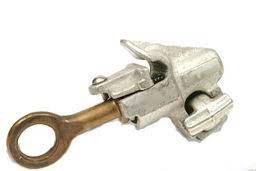
- Conduct regular visual inspections of hot line clamps before and after use. Check for signs of damage, wear, or contamination. Also, check for cracks, corrosion, loose parts and missing components.
- Ensure they are clean from dirt, grease or other contaminants that affect performance. Use a soft brush or cloth to clean the clamps.
- Test the locking mechanisms to confirm it engages and disengages properly.
- Check to confirm proper alignment of the clamp jaws.
- Look for loose bolts, nuts or screws and tighten them as needed to ensure they maintain the integrity.
- Apply the necessary lubrication to ensure smooth operation.
- Perform electrical tests to verify the insulation integrity of the application.
- Maintain detailed records of al inspection’s activities including dates, personnel and repairs.
Comparative analysis of hot line clamps in South America
A comparative analysis involves evaluating and examining different types, brands and features of hot line clamps. This may include checking with the various manufacturers and suppliers in South America. The selection of the clamp depends on the specific needs of the project, safety considerations and compliance with local regulation. Also, conducting a comparative analysis helps select the most suitable hot line clamps. The following are the key factors to include in a comparative analysis.
- Voltage rating – assess and compare the voltage ratings of different hot line clamps. This is to ensure they meet the requirements of the specific power lines.
- Type and size – examine the various types of hot line clamps available in South America. This is including compression clamps, bolted clamps and spring-loaded clamps.
- Load capacities – evaluate the load-bearing capacities which can vary depending on the design and purpose of the clamp.
- Durability – evaluate the durability and resistance of the clamps to environmental factors. These include weather, temperature and corrosion.
- Costs – compare the different costs of different hot line clamps. Balance the costs with safety, quality and reliability.
- Material – consider the materials used to ensure they are non-conductive and offer sufficient insulation.
- Ease of installation and use – compare the ese of use and adjustment of the clamps and compatibility with other components.
- Environmental conditions – evaluate the different environmental conditions the clamps with face. They should resist high temperatures, humidity and corrosion.
Certifications and standards in South America
South American countries have various certifications and standards that govern the use of hot line clamps. Some of the countries adapt the international standards and regulations for hot line clamps. These standards and certifications help to ensure safety and reliability in maintenance and repair work. Additionally, it is advisable to consult with local authorities to understand the specific standards. The following are the common certifications and standards in South America.
- IEC standards – these are standards for electrical equipment including hot line clamps.
- ISO certification – this is an international certification that demonstrates a commitment to quality and consistency in manufacture.
- Local electrical safety standards – each South American country has their own local standards relevant to hot line clamps.
- ANSI standards – these are American standards that cover the use of overhead line equipment.
- Certification bodies – there are various certification from recognized bodies for hot line clamps.
- Environmental regulations – these are regulations related to environmental impacts and sustainability.
- Local industry associations – South American countries have their own guidelines required for hot line clamps.
Regional market for hot line clamps in South America
There are various aspects that influence the growth of the hot line clamp in South America. There are various players n the market that can capitalize on the growth of the market. This could increase the competition and therefore lead to growth of the market. Also, it is advisable for manufacturers to keep up with the various market trends for the guaranteed success in the market. Key players in the hot line clamp market include Brazil, Chile and Colombia. The following are the common factors that influence the regional market for hot line clamp in South America.
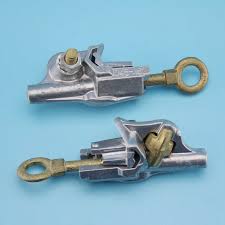
- Investments in power infrastructure – South American governments continue to invest in new and advanced power infrastructure. This helps to meet the growing demand for electricity in the region. The investment helps to enhance the demand for hot line clamps for maintenance and operations of overhead power lines.
- Renewable energy growth – the increased development of renewable energy sources requires the use of hot line clamps. They help in the development of extensive electrical infrastructure that connect solar and wind farms.
- Maintenance and upkeep – hot line clamps help in the upgrading of old power lines. This is through regular maintenance and repairs of the infrastructure.
- Local manufacturing – local production of hot line clamp impacts the market dynamic and availability. It also increases competition from the local and international manufacturers.
- Environmental considerations – the green transition requires the use of eco-friendly materials. This may influence the manufacturing processes of hot line clamps.